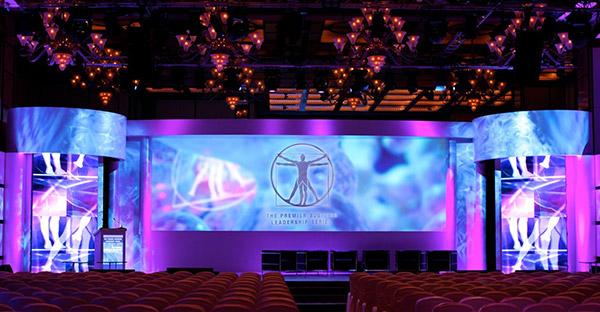Examining the Wide-ranging Integration Options Offered for LED Wall Modules
Examining the Wide-ranging Integration Options Offered for LED Wall Modules
Blog Article
LED wall panels have gained popularity for their ability to deliver high-quality visuals in various settings, from professional environments to entertainment venues. One of the primary aspects of these systems is their interface capabilities, which allow users to connect them to multiple devices and systems. Comprehending the diverse input options available for Light Emitting Diode wall panels is vital for enhancing their use and effectiveness. This discussion details these features, showcasing how they can cater to specific needs and preferences.
One frequent connection approach for LED wall panels is High-Definition Multimedia Interface. HDMI is widely known for transmitting high-quality video and audio streams between components. This connection type is particularly beneficial in commercial environments, such as conference rooms or classrooms, where presentations or video content are often displayed. By using digital connectors, users can seamlessly connect laptops, projectors, and streaming devices to LED wall panels, guaranteeing a sharp and vibrant display of media.
Another popular interface method is Display Port, which is similar to HDMI but offers enhanced benefits. Display Port can support higher refresh rates and resolutions, making it an excellent choice for interactive media or graphic-intensive applications. For those using Light Emitting Diode wall panels in settings where performance is critical, such as esports arenas or creative workspaces, Display Port can provide the required visual quality. Moreover, many modern computers and graphics cards feature DisplayPort connections, making it a practical solution for technology-oriented professionals.
In addition to HDMI and DisplayPort, cordless transmission methods are becoming increasingly prevalent in LED wall panel solutions. Wireless connections allow users to transmit content without the requirement for physical cables, enabling a streamlined and more adaptable configuration. Technologies such as Wi-Fi and Bluetooth allow users to link smartphones, tablets, and laptops seamlessly to Luminescent Diode wall panels without tangled wires. This versatility is especially beneficial in dynamic environments like trade shows or events, where rapid adjustments to displays are often required.
For extensive installations or more intricate configurations, LAN integration through wired networking is another reliable solution. Wired links provide a stable and reliable way to connect multiple LED wall panels within a network. This setup is suitable for digital next page signage applications found in shopping malls or airports, where numerous panels may need to present coordinated content across a broad area. By using network cabling and routing hardware, operators can guarantee that all linked panels receive uniform updates and information seamlessly.
Lastly, it's important to consider the future of connectivity with advancements such as Universal Serial Bus-C and Thunderbolt 3. These newer connection types offer enhanced data transfer speeds and versatility by allowing one cable to handle both power delivery and data transmission. As more devices adopt these standards, LED wall panels equipped with USB-C ports will likely become Related Site more common. This evolution in connectivity not only enhances the functionality of LED wall panels but also aligns with the growing trend of minimalism in technology setups by reducing the number of cables needed.
In summary, examining the diverse connectivity options available for Light Emitting Diode wall panels uncovers many possibilities for users across various fields. From traditional methods like HDMI and Display Port to contemporary cordless technologies and LAN setups, each option serves unique purposes tailored to specific needs. Furthermore, next-gen technologies like Universal Serial Bus-C offer further advancements in how users interact with Luminescent Diode wall panels. By understanding these connectivity alternatives, end-users can make strategic decisions that optimize their overall engagement with these multifunctional visual solutions.